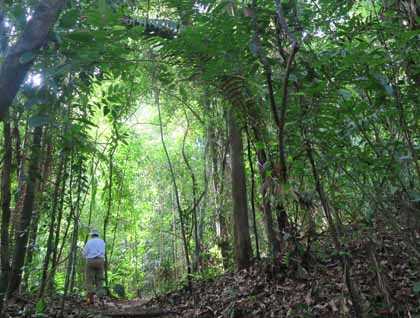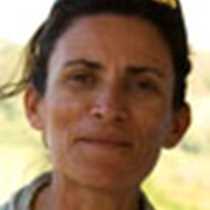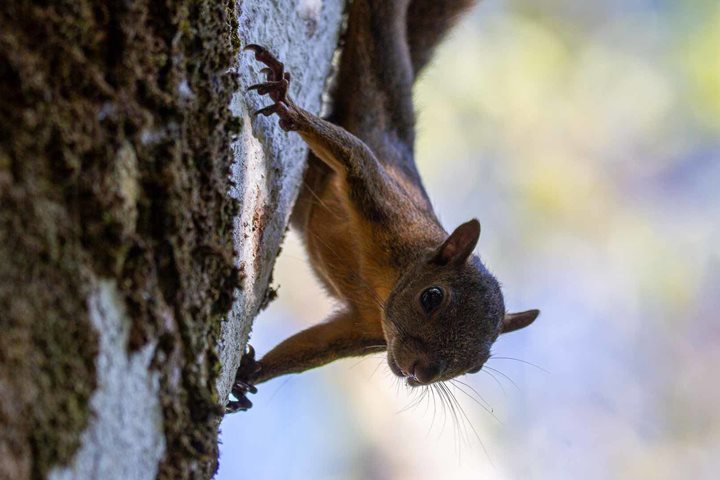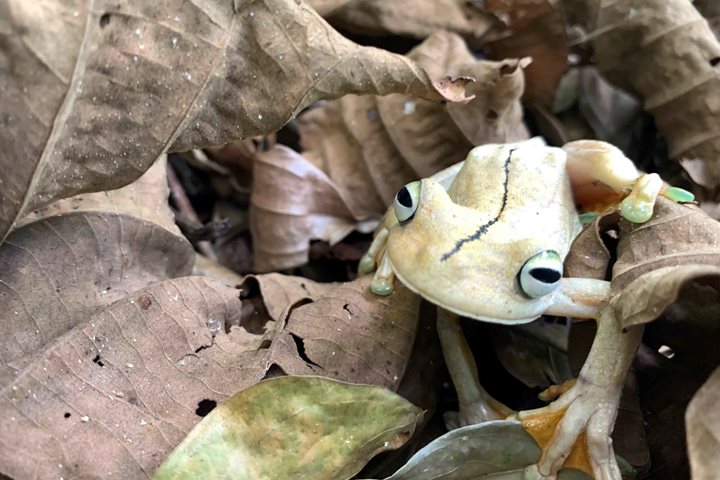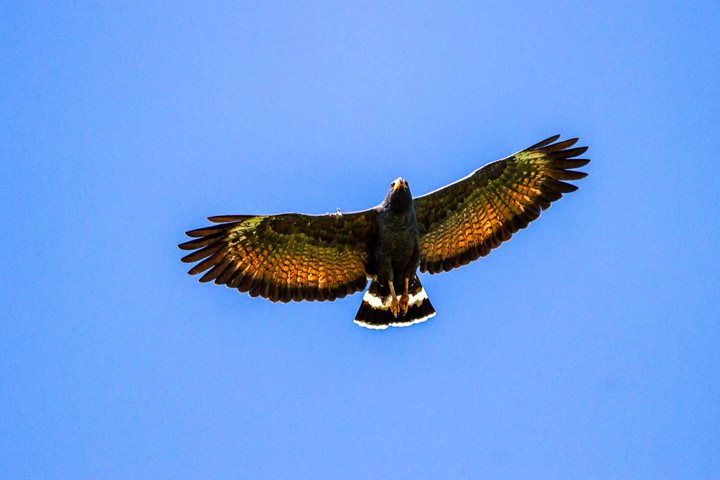Happy 2016 everyone! This morning, our last on board the National Geographic Sea Lion and in Central America, we were welcomed by the remarkable, yet eerie, sound of the calls of mantled howler monkeys from Barro Colorado National Monument, otherwise known as BCI. Ran as a research station since 1923 and established by the Smithsonian Tropical Research Institute almost a decade after the Gatun Lake was formed, BCI is one of the two most prolific research sites in Central America (La Selva Biological Station in Costa Rica is the other one). With data on rainfall, drought, phenology, primates, rodents, bats, dendrology, ecology, and almost any topic one may think of, many studies run for almost as long term as 85 years, almost unheard of in the scientific field work realm.
When the Valley where the Gatun Lake now lies was flooded, the tip of a mountain was spare and forming the BCI. Though not an island originally, it behaves as one; one on which many organisms got trapped upon, for example agoutis, armadillos, and howler monkeys; and others were kept out, for example wild cats and tapirs. Through constant monitoring by researchers who have spent most of their productive life at the island, Katie Milton in howler monkeys and Egbert Leigh on plant ecology, for example; the bank of knowledge is almost endless.
Most of us decided to walk the trails of the station with the local guides. Others decided on the last chance for an expedition landing craft ride. We saw many animals - howlers, agoutis, coatis, red-tailed squirrels, anole lizards, crested guans, chestnut mandibled toucans, etc. – but also we were pointed out the various research projects in the island. We saw a white blanket set out as a light trap to catch insects at night, mist nets to capture bats, debris traps for kapok tree phenology, high towers for radio signaling to follow individual animals through the forest, night motion cameras, small tubes as solitary bees nests, green houses and blue ropes hanging from the tallest trees for canopy research. WOW! Talk about unveiling the forest’s secrets! Though, most importantly, the research is inspiration for more questions, for more inquiry on the mysteries of one of the most productive ecosystems of the world.
After our morning walks or expedition landing craft rides, we came back on board for lunch, and to wait for our Panama Canal pilot to take us towards the last set of locks of our passage. Around 5 pm, we began our transit through the three sets of locks out of the Gatun locks, which would end our trip in the windy waters of the Panamanian Caribbean Sea.
So our journey ends, until we meet again, exploring the wonderful world that we live in.

